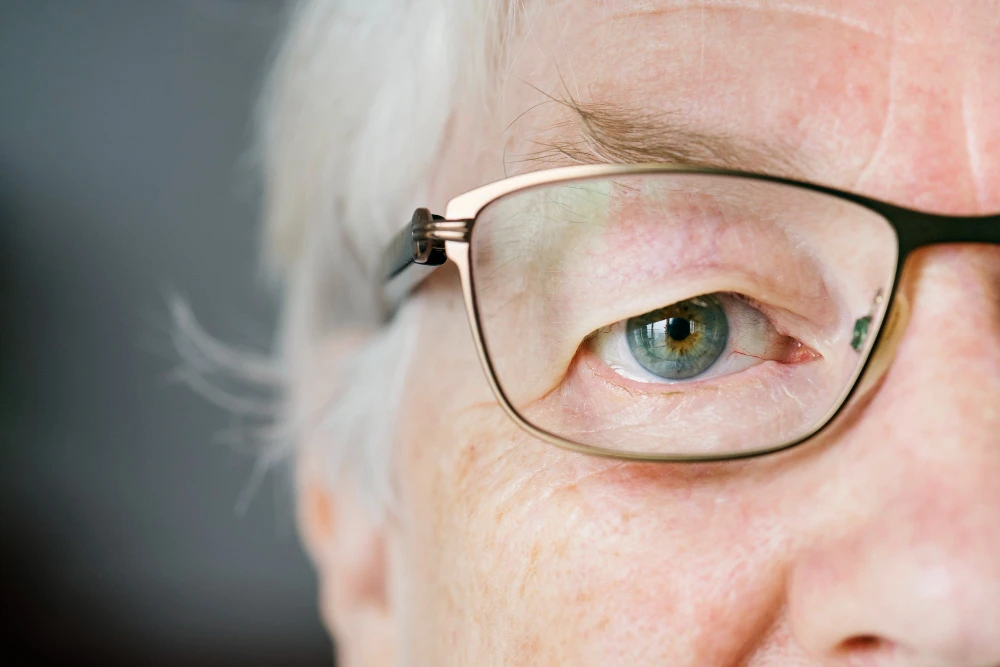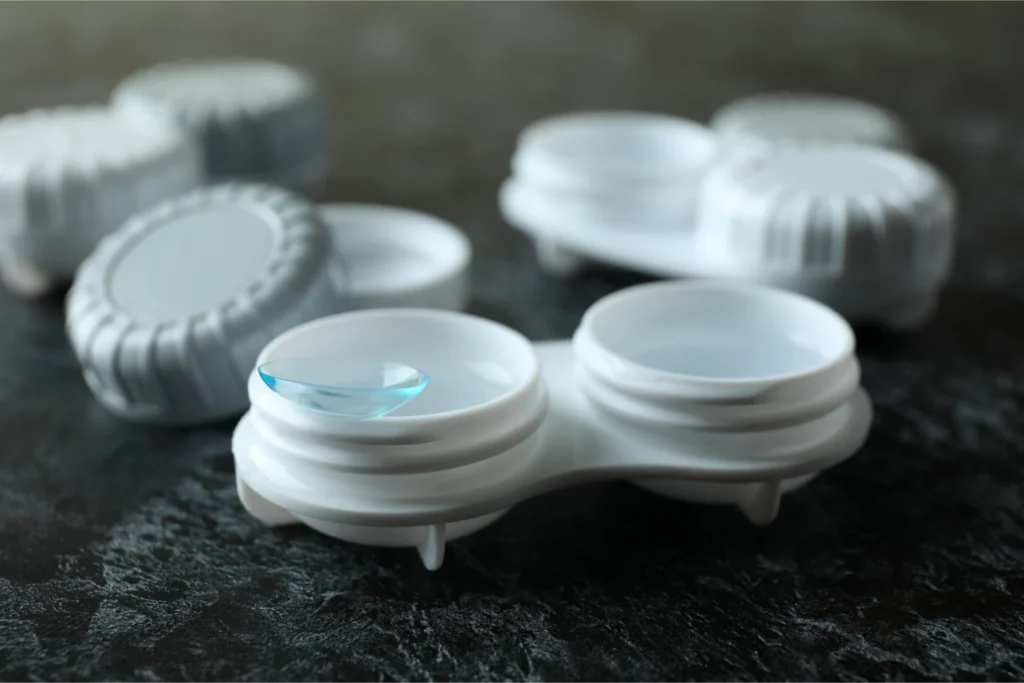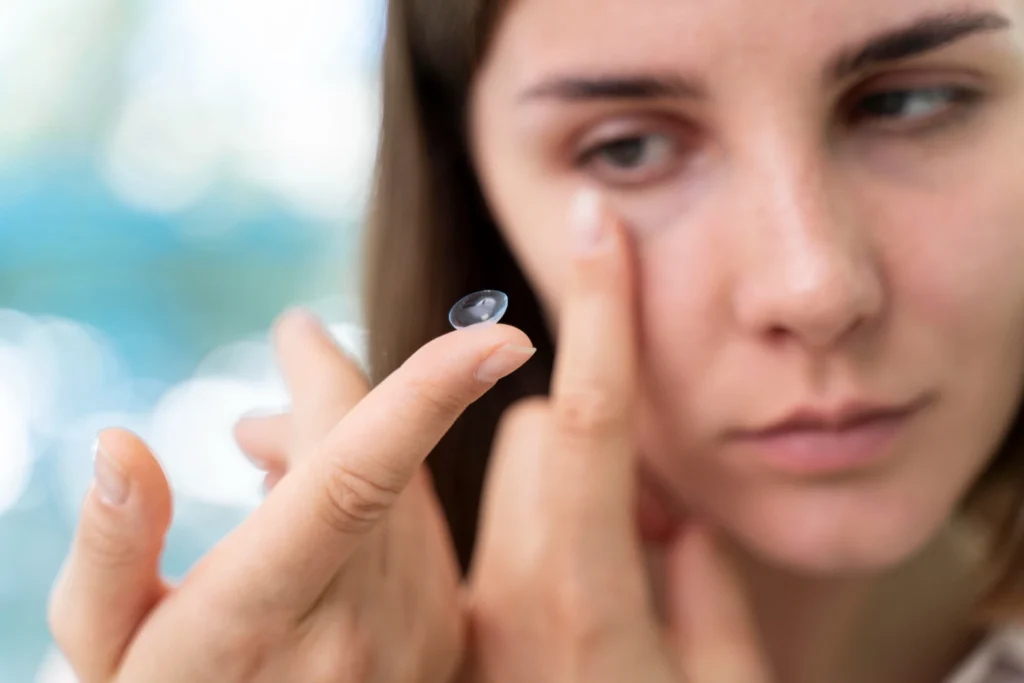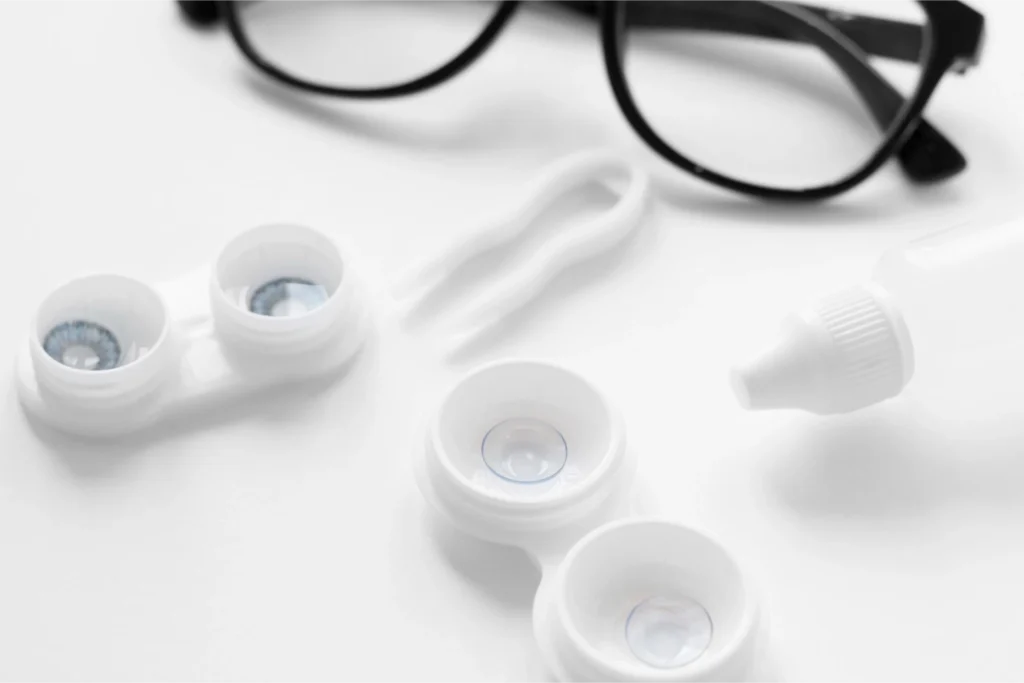One of the main causes of visual loss, especially in older persons, is macular degeneration. This progressive eye disease can significantly impact your quality of life, making daily tasks like reading, driving, and recognizing faces increasingly difficult. Understanding the differences between wet and dry macular degeneration is crucial for managing and potentially mitigating the effects of these conditions
Let’s walk through the essentials, to help you recognize symptoms, understand treatment options, and take proactive steps towards preserving your vision.
What is Macular Degeneration?
The macula, the central region of the retina that provides crisp, central vision, is impacted by macular degeneration. This condition impairs the ability to see fine details, read, recognize faces, and drive. There are two primary types of macular degeneration: dry (atrophic) and wet (neovascular or exudative).
Dry Macular Degeneration
Symptoms and Progression
Dry macular degeneration is the more common form, accounting for about 85-90% of cases. It progresses slowly and is characterized by:
- Gradual Loss of Central Vision: Individuals may experience difficulty reading, recognizing faces, and performing tasks that require sharp vision. Many people do not experience noticeable changes in their eyesight until the disorder is severe since the progression is slow.
- Drusen Formation: Small yellow deposits called drusen form under the retina. These are often detected during routine eye exams and are considered early indicators of the condition.
- Thinning of the Macula: Over time, the macula may thin and atrophy, leading to further vision impairment.
Read more: Identifying Early Warning Signs of Macular Degeneration
Causes and Risk Factors
Knowing the risk factors can help with early detection and management.
- Age: Macular degeneration is most common in individuals over 60.
- Genetics: The risk is increased by a family history of macular degeneration.
- Lifestyle: Smoking, high blood pressure, high cholesterol, and poor diet are significant contributing factors.
- Race and Gender: Caucasians and females are at a higher risk.
Management and Treatment
While there is no cure for dry macular degeneration, several strategies can help manage the condition and slow its progression:

- Regular Eye Exams: Early detection through routine check-ups can help monitor the condition’s progression and implement timely interventions.
- Lifestyle Adjustments: Maintaining a healthy diet rich in leafy greens, regular exercise, and avoiding smoking can play a critical role in managing the condition.
- Supplements: The AREDS (Age-Related Eye Disease Study) formula, which includes vitamins C and E, zinc, and beta-carotene, has been shown to slow the progression in some individuals.
Wet Macular Degeneration: A Closer Look
Symptoms and Rapid Progression
Wet macular degeneration is less common but more severe. It can develop suddenly and is marked by:
- Rapid Vision Loss: Individuals may experience sudden and severe loss of central vision, which can be alarming.
- Distorted Vision: Straight lines may appear wavy or crooked, and colors may seem less bright.
- Dark or Empty Areas: People may notice blank spots or dark areas in their central vision field, making it difficult to read or recognize faces.
Causes and Risk Factors
Wet macular degeneration occurs when abnormal blood vessels grow under the retina and leak fluid or blood, leading to rapid and severe vision loss. Risk factors include:
- Age and Genetics: Similar to dry macular degeneration, age and family history play significant roles.
- Lifestyle Factors: Smoking significantly increases the risk, as does a diet low in nutrients beneficial to eye health.
- Other Eye Conditions: Individuals who have had dry macular degeneration or other eye conditions are at increased risk.
Read more: What is Age-related Macular Degeneration?
Advanced Treatment Options
Several advanced treatments can help manage wet macular degeneration and preserve vision:
- Anti-VEGF Injections: Medications like bevacizumab (Avastin), ranibizumab (Lucentis), and aflibercept (Eylea) are injected into the eye to reduce the growth of abnormal blood vessels.
- Laser Therapy: Leaking blood vessels can be sealed using laser therapy to stop additional visual loss.
- Photodynamic Therapy: This involves the injection of a light-sensitive drug followed by exposure to a special laser to destroy abnormal blood vessels.
Prevention Tips and Early Detection
Taking proactive steps can help prevent macular degeneration or slow its progression:
- Regular Eye Exams are important if you have risk factors such as age or family history. More favorable management results may result from early detection.
- A balanced diet rich in leafy greens, fruits, and fish, regular exercise, and not smoking are critical.
- Use an Amsler grid to detect any early signs of distortion or vision loss. Monitoring your vision at home on a regular basis might aid in spotting abnormalities early.
Protect Your Vision – Chooe Vision Gallery
For the purpose of early detection and treatment, it is essential to comprehend the distinctions between wet and dry macular degeneration. Both conditions can significantly impact your quality of life, but with timely intervention and proactive management, it is possible to maintain a good level of vision for many years.
If you notice any changes in your vision or have risk factors for macular degeneration, seek medical advice promptly. Maintaining your vision can be significantly impacted by early identification and treatment.
At Vision Gallery, we are committed to helping you maintain optimal eye health. Our team of experts is equipped with the latest technologies and treatments to manage macular degeneration effectively.
Contact Vision Gallery today to book your appointment at 281-377-0219.
Your vision is precious, and we are here to help you preserve it.






